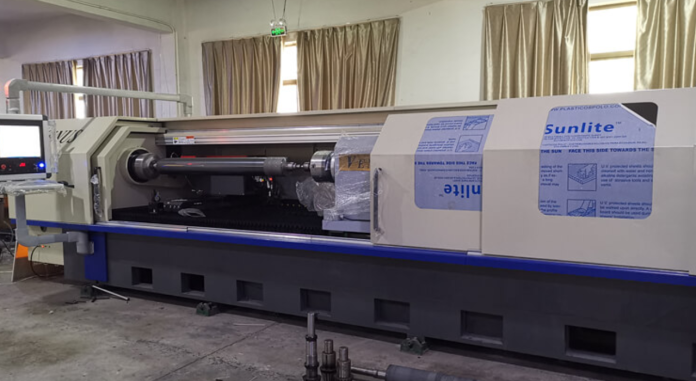The thickness of a flexographic (flexo) plate is essential in guaranteeing high-quality and reliable prints all through the printing preparation. Made from materials such as rubber or photopolymer, these plates are mounted on cylinders for utilization in flexographic printing. The flexo plates thickness straightforwardly influences basic angles of printing, counting ink exchange productivity, print clarity and detail, strength beneath generation stresses, and compatibility with differing substrate sorts.
Thicker plates generally hold more ink, making them appropriate for dynamic colors and detailed plans, whereas moreover advertising more noteworthy strength for amplified print runs. Then again, more slender plates may be more cost-effective and reasonable for easier plans but can some of the time compromise print quality and strength. Hence, selecting the suitable plate thickness is vital for accomplishing the ideal that comes about in flexographic printing over different applications and generation situations.
Recognizing the Effect of Flexographic Plate Thickness on Print Execution and Quality
A flexographic (flexo) plate’s thickness may be a pivotal calculation in deciding the consistency and quality of prints created amid the flexographic printing preparation. Flexo plates are regularly made from materials like elastic or photopolymer and are mounted on a cylinder for printing. The thickness of these plates impacts different perspectives of the printing preparation, counting ink exchange, print quality, solidness, and the capacity to handle diverse substrates. Here is an in-depth see of how the thickness of a flexo plate influences printing:
Ink Transfer
The thickness of a flexo plate straightforwardly influences the sum of ink exchanged to the substrate amid printing. Thicker plates tend to hold more ink due to their greater profundity, which can result in heavier ink coverage on the substrate. This may be invaluable when printing on retentive materials or when dynamic colors are required.
Print Quality
The thickness of the flexo plate impacts the sharpness and clarity of prints. Thicker plates give greater profundity for the printing surface, allowing for way better ink control and better detail propagation. Typically particularly critical for printing high-resolution images, perplexing plans, or little content where exact ink situation is vital. More slender plates may battle to attain the same level of detail and sharpness.
Durability and Lifespan
Thicker flexo plates generally offer more prominent toughness and life span compared to more slender plates. The extra fabric thickness gives more flexibility against wear and tear amid the printing preparation, particularly in high-speed or high-volume generation situations. This solidness guarantees reliable print quality over longer print runs without the need for visit plate substitutions.
Handling Diverse Substrates
The thickness of flexo plates affects their capacity to comply with distinctive sorts of substrates. Thicker plates give way better back and steadiness when printing on uneven or harsh surfaces, such as folded cardboard or finished materials. They can better maintain contact with the substrate, guaranteeing indeed ink conveyance and anticipating printing abandons like skipping or ghosting.
Effect on Printing Press Execution
The thickness of flexo plates impacts the execution of the printing press, especially in terms of setup, enrollment, and in general printing speed. Thicker plates may require alterations in press settings to suit their depth, such as expanded weight or slower printing speeds to realize ideal ink exchange and picture generation. Alternately, more slender plates may offer speedier setup times and speedier generation speeds but may compromise on print quality and solidness.
Cost Considerations
The cost of flexo plates can change based on their thickness. Thicker plates ordinarily require more fabric and may include more complex fabricating forms, coming about in higher generation costs. Be that as it may, the expanded solidness and predominant print quality they offer can balance these beginning costs by decreasing squandering, downtime, and the requirement for visit plate replacements.
Final Remarks
In conclusion, the thickness of a flexo plate altogether impacts the complete flexographic printing handle, from ink exchange and print quality to solidness and substrate compatibility. Printers must carefully consider the particular necessities of each printing work when selecting the fitting plate thickness. Thicker plates are beneficial for accomplishing high-quality prints with fine detail and dynamic colors, particularly on challenging substrates.










